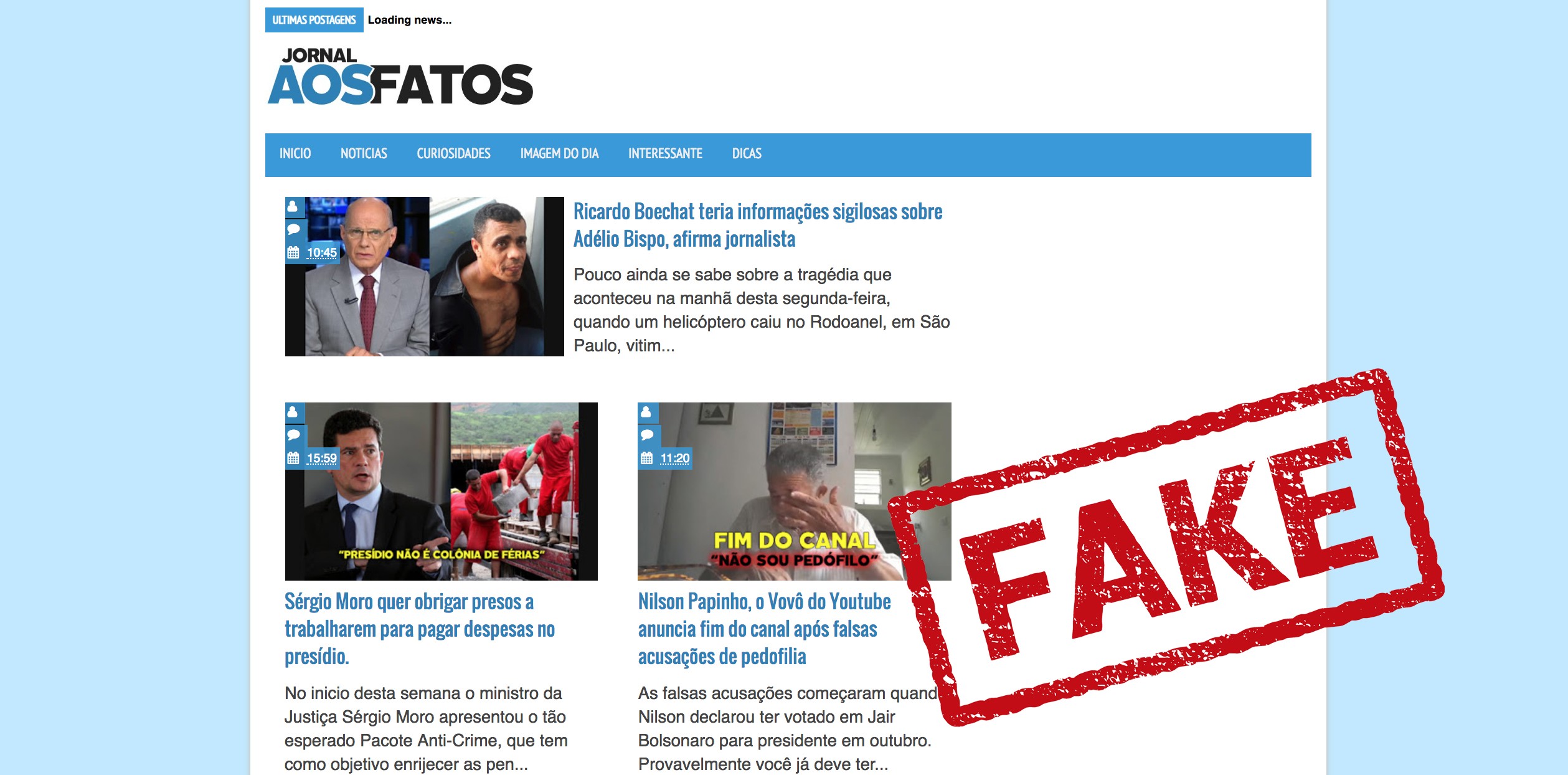Ad revenue has effectively sustained websites flagged as disinformation sources with millions of dollars, according to a study. Despite talk of regulation, experts told Deutsche Welle the issue needs a “whole-of-industry solution”, DW reported.
Websites designed to mislead the public and spread misinformation are receiving millions of dollars of ads from some of the largest companies in the world – although the latter may not be aware of the problem.
About 20,000 websites that pose a risk of misinformation generate approximately $ 235 million a year, according to a study published by the London-based Global Disinformation Index (GDI).
“Disinformation is driven by a variety of different actors with different incentives,” GDI program director Craig Fagan told DW. “One of the incentives we see is the financial one.”
In fact, advertising revenue has long contributed to the viability of controversial sites, with former Trump aide and far-right ideologist Steve Bannon describing it as a major revenue stream for right-wing media in a video posted earlier this year.
Following a further investigation, Deutsche Welle found that advertisements for large German companies were featured on websites such as Twitchy and Zero Hedge, which were flagged as sources of misinformation.
The companies include the Deutsche Bahn rail operator, the Opel car maker, Deutsche Telecom, Postbank and more. While these companies are unlikely to be aware that their advertising money is effectively financing misinformation, the fact highlights the problem with today’s digital advertising ecosystem.

